Photographs: Babu/Reuters BS Reporter in Mumbai
A year after Lehman Brothers, the 158-year-old Wall Street investment bank, filed for bankruptcy -- signalling the global financial system's descent into Great Depression II -- the Bombay Stock Exchange (BSE) Sensitive Index has risen 16 per cent, after having hit a low of 8,160 in early March.
Signs of stability are visible not only in the stock markets but also in money and foreign exchange markets as prospects of faster economic growth have improved in recent weeks despite a poor monsoon.
While the International Monetary Fund has predicted that the global economy will contract in 2009, there are signs of normalcy with Japan, Germany and France coming out of recession.
In India, which grew 6.7 per cent last year, the rise in industrial output in the recent months and revival in the services sector is expected to more than make up for the deficient rainfall, though the country could fail to meet the 7 per cent growth target set by the government.
How India survived the financial tsunami
Image: The world headquarters of Lehman Brothers in New York in June 2008.Photographs: Brendan McDermid/Reuters
Led by manufacturing, industrial output rose 6.8 per cent in July. Ahough the Reserve Bank of India (RBI) has warned about the lagged impact on the services sector, indications from most of the services segments point to healthy growth.
Citi's India economist Rohini Malkani has maintained the gross domestic product (GDP) growth forecast for the year at 5.8 per cent, closer to RBI's 6 per cent, with an upward bias, adding that, "At this point, it appears that the government's stimulus measures are offsetting the impact of drought. Thus, the strong IIP (index for industrial production) numbers in June and July (June figure was revised from 7.8 per cent to 8.2 per cent), coupled with the base effect kicking in from October, could result in industrial growth surprising on the upside."
"The main drivers of GDP will be services and industry, which are responding to the stimulus, and not so much agriculture. In a certain way, there is delinking of agriculture and industry as the share of agriculture in GDP is much lower and also because the rural folk are not solely dependent on the sector, especially with schemes like the National Rural Employment Guarantee Scheme in place," said Crisil Principal Economist DK Joshi, who has predicted a growth of close to 6 per cent during the financial year.
How India survived the financial tsunami
Image: The Reserve Bank of India emblem.Photographs: Reuters
"The situation is slightly different today. While lending rates have softened in the current financial year, there other supports in place in the form of government spending and fiscal stimulus, inflationary pressures have clearly gathered pace and appear to be a major risk to growth in the months ahead," said HDFC Bank Chief Economist Abheek Barua.
A year ago, on September 15, 2008, things looked different. As foreign institutional investors (FIIs) withdrew money, the Sensex fell 850 points in intra-day trade.
This also put pressure on the rupee, which fell to a two-year low of 46 against the US dollar, taking the overall decline since April to nearly 15 per cent. Overnight call money rates hit 12.5 per cent, the highest in almost two-and-a-half years.
How India survived the financial tsunami
Image: The brightly lit up Bombay Stock Exchange.Photographs: Reuters
Over the next few weeks, the stock markets fell to four-digit levels, the rupee started hitting fresh lows on a daily basis and weakened to an all-time low of 52.13 in early March, and the call rate touched a peak of 21 per cent.
As FIIs withdrew $6.42 billion (around Rs 33,000 crore) from the Indian stock markets between September 2008 and March 2009, RBI sold $29 billion (Rs 149,706 crore) to check the rupee's free fall and ensured that over Rs 600,000 crore primary liquidity was pumped into the system. In addition, the government stepped up spending and cut tax rates to spur demand.
FIIs invested over $10 billion (around Rs 49,000 crore) into the stock markets this year, there are expectations of the rupee appreciating, and call rates have eased to around 3 per cent. Banks do not have to access short-term funds at double-digit rates and investors do not have to worry about the fate of the debt funds that they invest in.
How India survived the financial tsunami
Image: A bank teller handles bundles of Indian currency notes.Photographs: Reuters
While government borrowings have increased, interest rates seem to be stable given the large liquidity in the banking system, which can be seen with banks regularly parking around over Rs 100,000 crore (Rs 1,000 billion) through the reverse repo window, which is used to suck out liquidity.
One of the worries for policymakers is the low credit off-take with companies deferring capital expenditure due to availability of adequate capacity.
For the year up to August 2009, bank credit grew 14.09 per cent, the slowest in five years. The corporate performance is expected to improve in the second quarter.
But the dilemma for policymakers is the exit strategy, especially in the wake of the recent rise in commodity and food prices, which are stoking inflationary expectations. "Food inflation is going to be the biggest challenge on the inflation front, unless the economy picks up," said Crisil's Joshi.
How India survived the financial tsunami
Image: A Wall Street sign is seen in front of the New York Stock Exchange.Photographs: Chip East/Reuters
For financial sector players in India, largely left unscathed by the global turmoil, a big worry is how the regulation will pan out.
The RBI Annual Report, released last month, has already announced its intention to lay down a risk management and capital adequacy framework for bank-sponsored private pools of capital such as private equity and venture capital funds.
But, unlike the United States, there is little worry on regulation of compensation packages since the existing laws empower banking and insurance regulators to intervene in such cases.
According to Suman K Bery, director general, National Council for Applied Economic Research, "Recent experience shows that theory is a poor guide to how financial systems work. India has now been given a seat in the G-20 in discussing the future architecture. . . . China's global engagement has been more committed than that of India's and we have seen that it has given spectacular results. But it all seemed successful until the global crisis came along. India's slightly more cautious approach seemed to have protected it. . . After the crisis, the contours of the financial system have been redefined and India and China are now being asked to assume responsibility. Our salvation will be to become active supporters of globalisation, particularly at a time when traditional supporters like the Anglo-Saxon countries seems to be retreating. There has to be a shift in the perception to see globalistion as a friend rather than a foe."

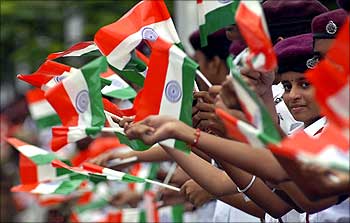

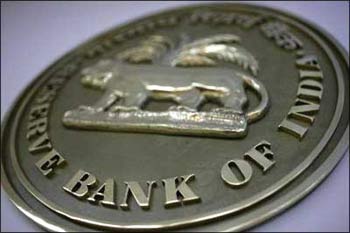
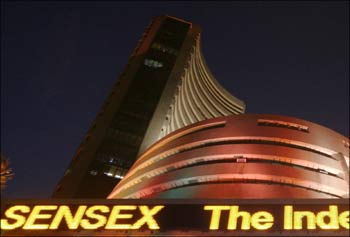
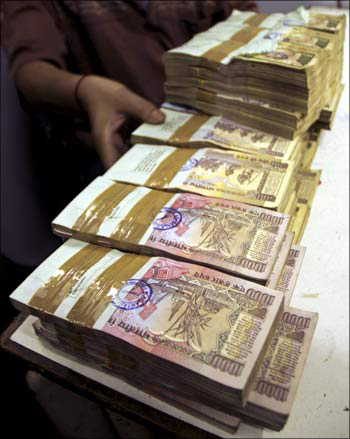
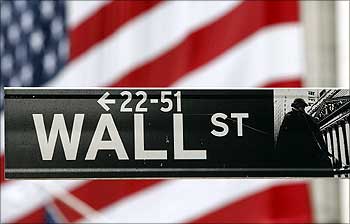

article